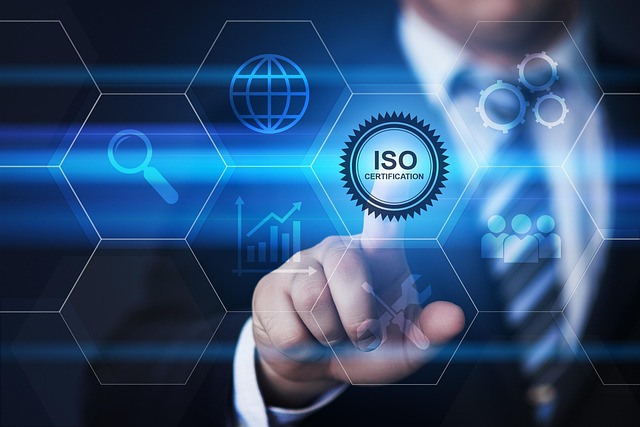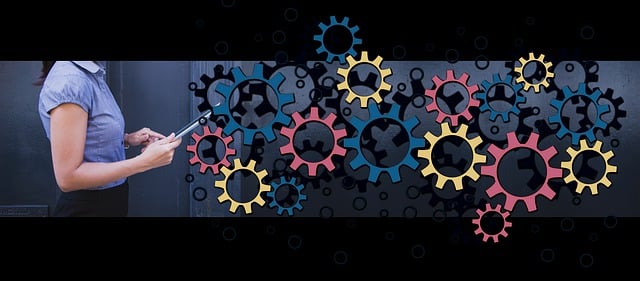The 5S Training Framework, rooted in Japanese lean management practices, is a powerful tool for optimizing workplace organization and efficiency. This structured framework comprises five key stages: Sort, Set in Order, Shine (clean), Standardize, and Sustain. By integrating these principles, businesses can significantly enhance productivity, streamline processes, reduce waste, and improve time management through continuous improvement and process standardization. Regular audits and employee involvement foster collaboration and ownership, ensuring consistent and efficient task execution across all operations.
In today’s fast-paced business environment, efficient time management is crucial for achieving productivity and success. This article explores a powerful system that combines the 5S Training Framework with Lean Management Principles to revolutionize workplace organization. We delve into how these proven methodologies can streamline processes, reduce waste, and foster a culture of continuous improvement. By implementing 5S continuous improvement practices and process standardization, businesses can unlock significant productivity gains and enhance overall operational efficiency.
- Understanding the 5S Training Framework for Efficient Time Management
- Integrating Lean Management Principles to Enhance Workplace Organization
- Continuous Improvement and Process Standardization: Key Pillars of a Robust Time Management System
Understanding the 5S Training Framework for Efficient Time Management

The 5S Training Framework is a powerful tool derived from lean management principles that transforms workplaces into highly organized and efficient environments. This method, deeply rooted in Japanese manufacturing practices, emphasizes workplace organization, process standardization, and continuous improvement. By implementing 5S, businesses can optimize their operations, enhance productivity, and ultimately improve time management across the board.
The framework consists of five key concepts: Sort, Set in Order, Shine (or Clean), Standardize, and Sustain. Each stage builds upon the previous one, creating a streamlined workflow. ‘Sort’ involves eliminating waste by categorizing and keeping only essential items. ‘Set in Order’ ensures everything has its place, making tasks more accessible. ‘Shine’ encourages regular cleaning to maintain an orderly space. ‘Standardize’ establishes consistent procedures for processes, while ‘Sustain’ focuses on long-term cultural change, ensuring the 5S principles become second nature within the organization. This continuous improvement approach keeps the workplace organized and efficient, allowing employees to manage their time effectively.
Integrating Lean Management Principles to Enhance Workplace Organization

Integrating Lean Management principles into your time management system can significantly enhance workplace organization and productivity. At the heart of this approach lies the 5S training methodology, which stands for Sort, Set in Order, Shine (or Clean), Standardize, and Sustain. This structured framework guides employees to organize their workspace efficiently, eliminating unnecessary items and streamlining processes. By implementing 5S continuous improvement practices, teams can ensure that tasks are performed in a standardized manner, reducing waste and enhancing overall workflow.
Process standardization is another key benefit of lean management. It involves simplifying and optimizing work processes to eliminate non-value-added steps. This not only saves time but also reduces errors and improves quality. Regular audits and continuous improvement sessions driven by lean principles encourage employees to identify inefficiencies and propose solutions, fostering a culture of collaboration and ownership within the organization.
Continuous Improvement and Process Standardization: Key Pillars of a Robust Time Management System

In the realm of efficient time management, Continuous Improvement and Process Standardization stand as the cornerstones of a robust system. By adopting principles from lean management, such as 5S training, organizations can optimize their workflow and eliminate waste, ensuring every task is executed with precision and minimal downtime. This involves sorting, organizing, cleaning, standardizing, and sustaining the workplace environment to enhance productivity.
Process standardization ensures that tasks are carried out consistently and efficiently across different teams or departments. Standardized processes help in reducing errors, minimizing variations in work quality, and facilitating better communication among team members. It is a continuous journey where regular assessments and adjustments ensure the system remains adaptable and aligned with evolving business needs, fostering a culture of constant enhancement and exceptional time management.
Implementing the 5S training framework, integrating lean management principles, and fostering a culture of continuous improvement and process standardization are essential steps towards transforming time management into an efficient, organized, and robust system. By adopting these practices, organizations can streamline their operations, reduce waste, and enhance overall productivity. This holistic approach ensures that every task is executed with precision and punctuality, allowing businesses to stay ahead in today’s competitive landscape.
